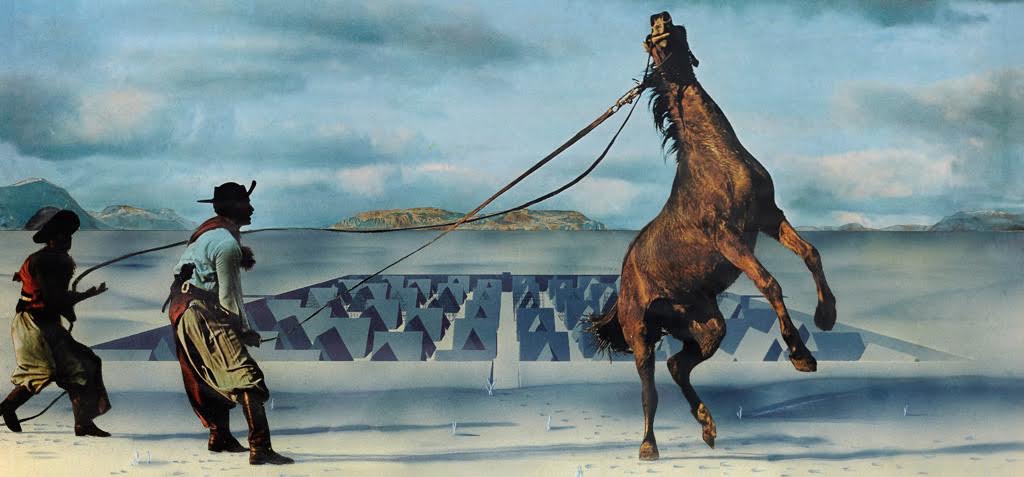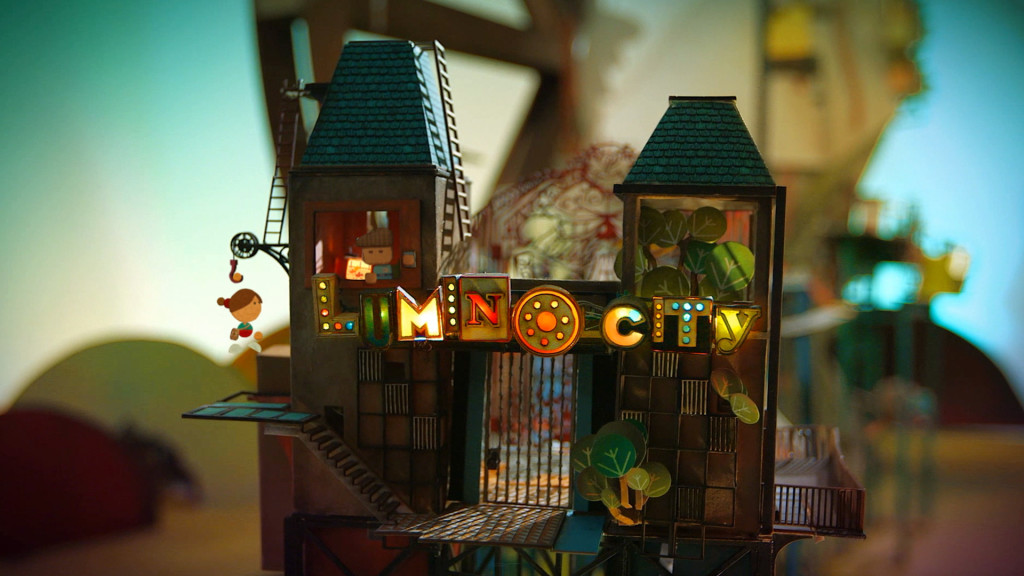Cityvision interviews the winners of Evolo Skyscraper Competition 2016: Jianshi Wu and Yitan Sun
cityvision
1. What research you conducted before conceiving the concept of your project? How it came up the idea to subvert the principle of settlement of N.Y. replacing it with the one based on a horizontal development of the building?
A horizontal, underground “sidescraper” was not our intention, but the result of us trying to find a new way to fit a large scale structure into Manhattan’s dense street system without building up a slim tower. As much as we love Manhattan’s street grid, we feel that it also confined the development of the city’s architecture (especially skyscrapers) in many ways, forcing them to grow only vertically. As a result, only the affluent few that can live and/or work on top of these towering skyscrapers are given the benefit and enjoyment of the stunning view on a daily basis.
We wanted do radically challenge that paradigm, and uncover possibilities for a future skyscraper by doing so. As our discussion continues, Digging Down and Central Park became the two key words that constantly being mentioned. Eventually it leads us to the final project. Most of the researches were actually conducted after we settled on the big idea, as we were worried that too much research at an early stage would raise a lot of practicality concerns and may distract us from envisioning such a bold, theoretical concept.
2. In 2012 Cityvision has conceived an entire issue and thematic to one of its most successful contests: New York Cityvision. Is your architectural vision has been influenced by that concept of Past Shock?
We only learned about the contest when recently you mentioned it to us, so the answer is no. But it’s good to see that theoretical projects like these are continuously gaining a large audience and capable of string up global conversations. It shows that people (not just architects) are invested in the environment they occupy and really care about what the future of it should be like.
3. In your project architecture becomes an instrument to amplify the perception of an almost archaic landscape, which is made up of the bedrock on which the current Central Park is set up. What was the generative process of the project?
It is interesting that you use the word “archaic”, because we believe that’s also what’s unique about our project. As we said, we did our research rather late in the process to avoid practicality concerns. To our surprise, though, lots of facts about Central Park that we found out later in the process were actually quite supportive.
For example, Central Park’s overall bedrock layer is deeper than midtown and downtown Manhattan, making it unideal for high rise skyscrapers to anchor themselves in. And most of the parks soil were actually imported from New Jersey 150 years ago in order to flatten the rugged terrain that the park once had. Knowing facts like these, we eventually decided to reveal the brutal nature that was buried underneath today’s artificial land, And surrounds it by characterless architecture that tries to be nothing but mirror that reflects nature.
4. Your boards and images are very impressive and reveal awareness in digital representation of a project. Which software do you use in your practice?
We used Photoshop for the most parts of this project, we also used Rhino 3D and various rendering engines to achieve certain effects in detail. There is never one particular software that we use more than the others, it all depends on what we want to express. We usually see the image in our mind first then choose the best tool to make it to the board as fast as possible. Efficiency and freedom is really important to us, especially at the early stage.
cityvision
5. Recently the MAXXI in Rome presented SUPERSTUDIO 50, the most important exhibition of the studio with drawings, photomontages and installations of the Continuous Monument series (1966). There are interesting similarities between the radical architectural visions of Superstudio and your “New York Horizon”. For example the fact that it is an architecture produced in a single act, through an artwork of total urbanization. Does the Superstudio architectural vision influenced the development of your project idea?
It certainly influenced our project, but mostly visually. SUPERSTUDIO’s artwork achieved a stunning balance between familiarity and unworldliness, thus evokes contradiction and antagonism among audiences. This is also what we want to achieve with our project.
6. Rem Koolhaas writes: “[...] I believe that utopia is very important for opposition, like a way of comparison; you can not judge a city without building an utopia, since utopia will judge without knowing the reality of the city.” Do you see your project in the same light? Do you think it’s important to use utopia to better understand the reality of the contemporary city?
We do see our project in the same light. Sometimes the strongest concepts are better expressed in the purest forms, because it can reveal some fundamental issues or truth about a city that might otherwise be buried in the noises. Utopia, if not more, is just as true as the real city itself.
I’m citing Reinier de Graaf’s words here:” An overdose of utopia is dangerous, but architecture today is characterised by an underdose of utopia, which can be just as dangerous.”
cityvision
Interview by Giuseppe Conti
cityvision
Info:
Info:
Title: Cityvision interviews the winners of Evolo Skyscraper Competition 2016: Jianshi Wu and Yitan Sun
Time: 14 luglio 2016
Category: Article
Views: 6531 Likes: 0
Tags: -














